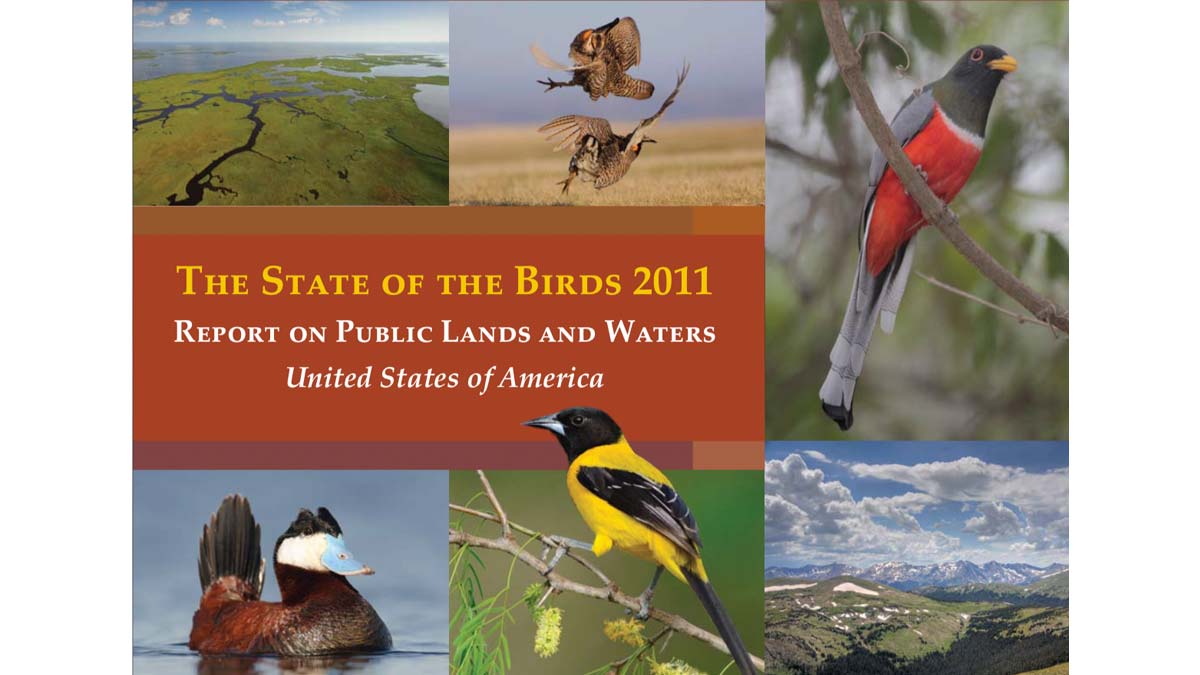State of the Birds 2011 Report
Download the Report
Download a PDF of the print version of the State of the Birds 2011 Report on Public Lands and Waters.

Some elements of the report were online-only and are not contained in the print version. You can still access PDF archives of the online version of the report, organized by report section:
